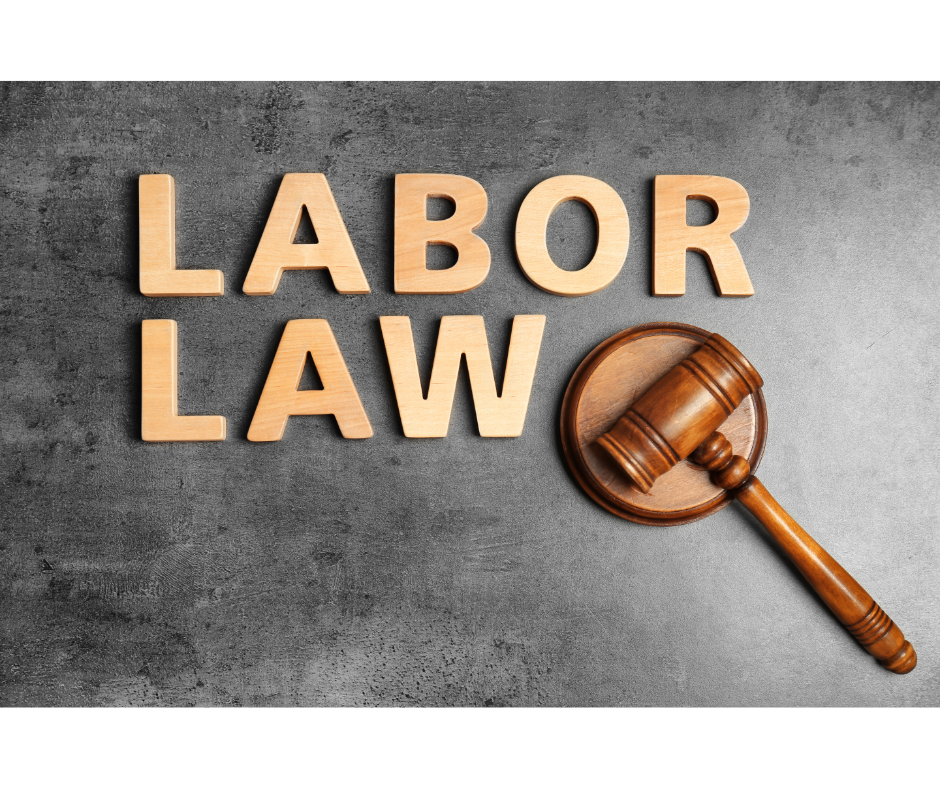
DOL Issues Final Rule on Worker Classification under the Fair Labor Standards Act
Employee or Independent Contractor Classification Under the Fair Labor Standards Act, 29 C.F.R. § 780, 29 C.F.R. § 788, 29 C.F.R. § 795 (Jan. 10, 2024)
On January 10, 2024, the Department of Labor (DOL) published a final rule establishing a six-factor test for determining worker classification under the Fair Labor Standards Act (FLSA) (29 U.S.C. §§ 201–19). This ruling provides clarity on the distinction between employees and independent contractors in the workplace.
Similar to the previous (pre-Trump rule) guidelines, the following factors are to be considered in determining the classification:
1.Opportunity for profit or loss and exercise of managerial skill
2. Relative investments made by the worker and potential employer
3. Degree of permanence of the work relationship
4. Degree of control an employer has over the work
5. Extent to which work performed is integral to the employer’s business
6. Use of a worker’s skill and initiative
Contrary to the previous administration’s stance, the new ruling emphasizes a balanced “totality of the circumstances economic reality analysis” approach. No single factor is given precedence over the others. The final rule will become effective on March 11, 2024.
With the impending March 11, 2024, implementation date, businesses employing independent contractors must promptly reassess their worker relationships to ensure compliance with the updated FLSA regulations. Proactive measures should include: Evaluating existing worker classifications, Informing management-level employees about the new guidelines, Reviewing and updating independent contractor agreements, Acknowledging potential variances in state-specific regulations, Remember, in cases of conflicting federal and state regulations, adherence to the standard offering the highest worker protection is mandatory under FLSA (29 U.S.C. § 218).
We can help you determine how to classify your workers and update your agreement to make sure you are in compliance with the new rule. With the rule’s effective date less than a month away, we encourage you to contact us now to start working on a compliance strategy.
